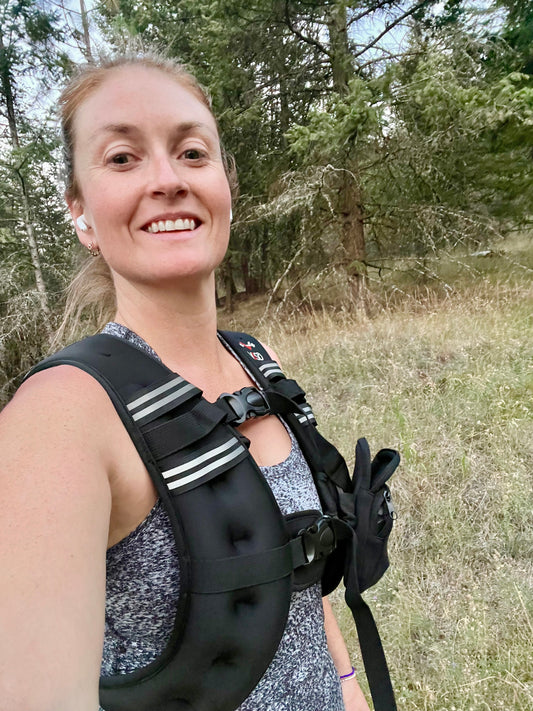You’ve probably heard of plantar fasciitis; you may have even experienced it yourself! Plantar fasciitis is the most common cause of heel pain, accounting for 15% of all foot injuries, and 17.4% of running-related injuries. But do you know how it works, and why it leads to so much discomfort? In this post we will cover the basics so you can better understand the pathology of plantar fasciitis.
On the bottom of your feet, you have a thick band of tissue that runs from your heel bone to your toes. This band of tissue is called the plantar fascia, and as the name suggests, it is the main player in plantar fasciitis. The plantar fascia absorbs impact while walking, helps support the arch of the foot, and plays an important role in the biomechanics of the foot. The band of fascia can acquire small tears when under stress, and repeated tearing can lead to irritation, inflammation, and degeneration of the fascia. With plantar fasciitis, the plantar fascia becomes irritated and often causes sharp pain on the bottom of the foot near the heel. It is generally worst during your first steps of the day. Though the pain may decrease during the day, it may increase after standing for long periods or standing up after sitting. Activities that further stretch the plantar fascia can increase the pain, such as walking barefoot, climbing stairs and toe walking.
Plantar fasciitis often arises from overuse due to repetitive strain, such as high volume running or jobs that require you to stand all day. The condition often sticks around, making it a chronic condition that can last over a year. Plantar fasciitis is most common in individuals 40 to 60 years old and occurs in about 10% of the general population. The vast majority of people who acquire plantar fasciitis are active, working adults aged 25 to 65.
Plantar fasciitis typically presents as heel pain and tenderness in the middle of the heel. Individuals may find it hard to dorsiflex their foot (pull their toes up toward their shin), and experience tightness in their achilles tendon. Often, a large increase in activity level can spur on the onset of symptoms.
If any of this sounds like you, and you want support in overcoming or preventing plantar fasciitis and other injuries, email us to get started with Physiotherapy-Led Active Rehab at hello@thebalancedcollective.com!
Kiah Loewen, BHK
Are you dealing with plantar fasciitis? Our expert movement coaches on Stream TBC have resources for you!
References:
Mayo Foundation for Medical Education and Research. (2022, January 20). Plantar fasciitis. Mayo Clinic. Retrieved February 16, 2023, from https://www.mayoclinic.org/diseases-conditions/plantar-fasciitis/symptoms-causes/syc-20354846
Plantar fasciitis. Physiopedia. (n.d.). Retrieved February 16, 2023, from https://www.physio-pedia.com/Plantar_Fasciitis








